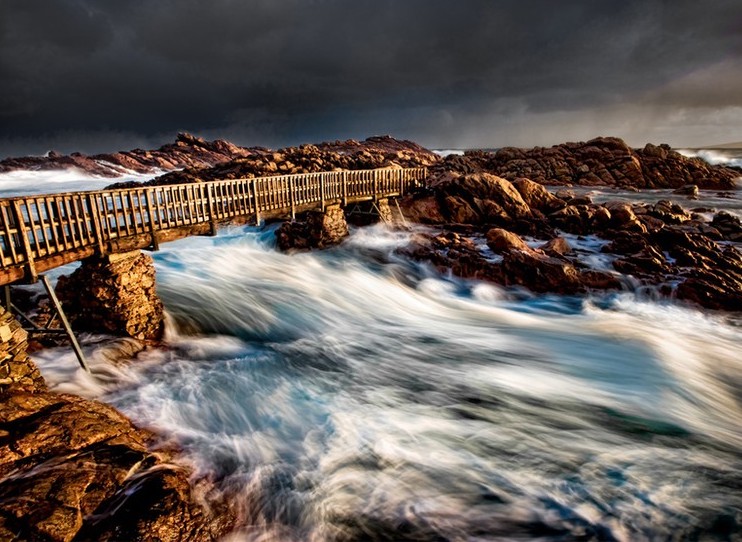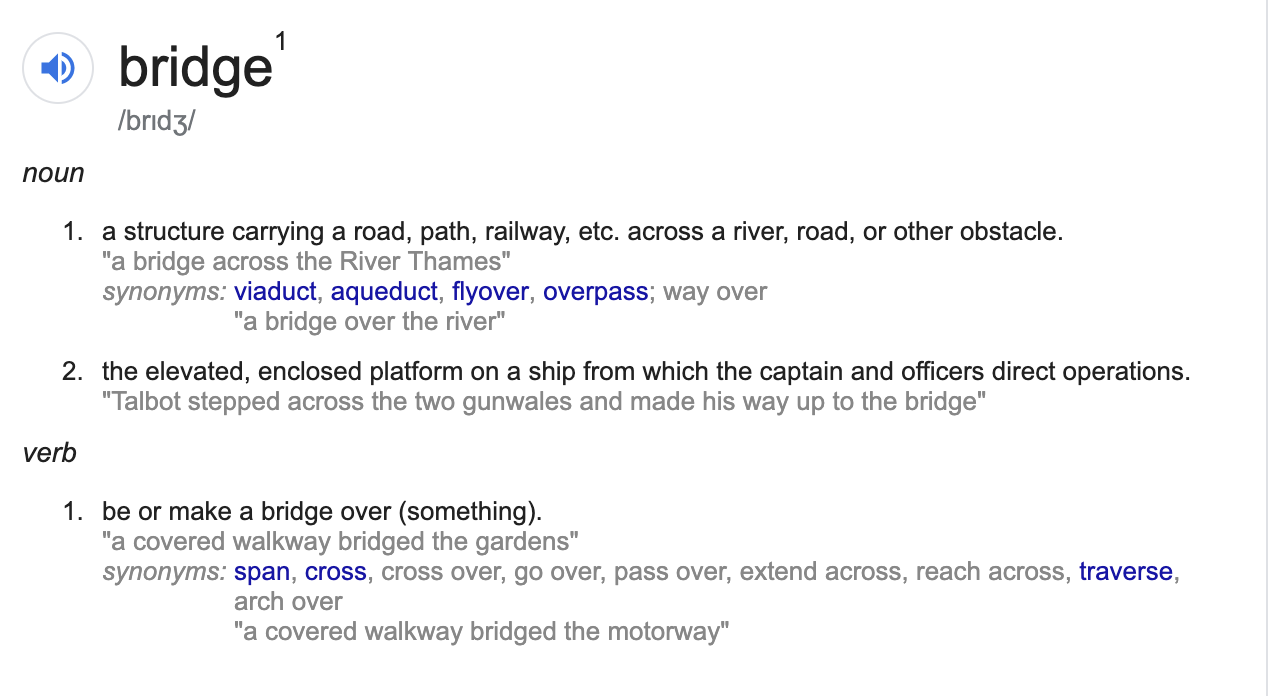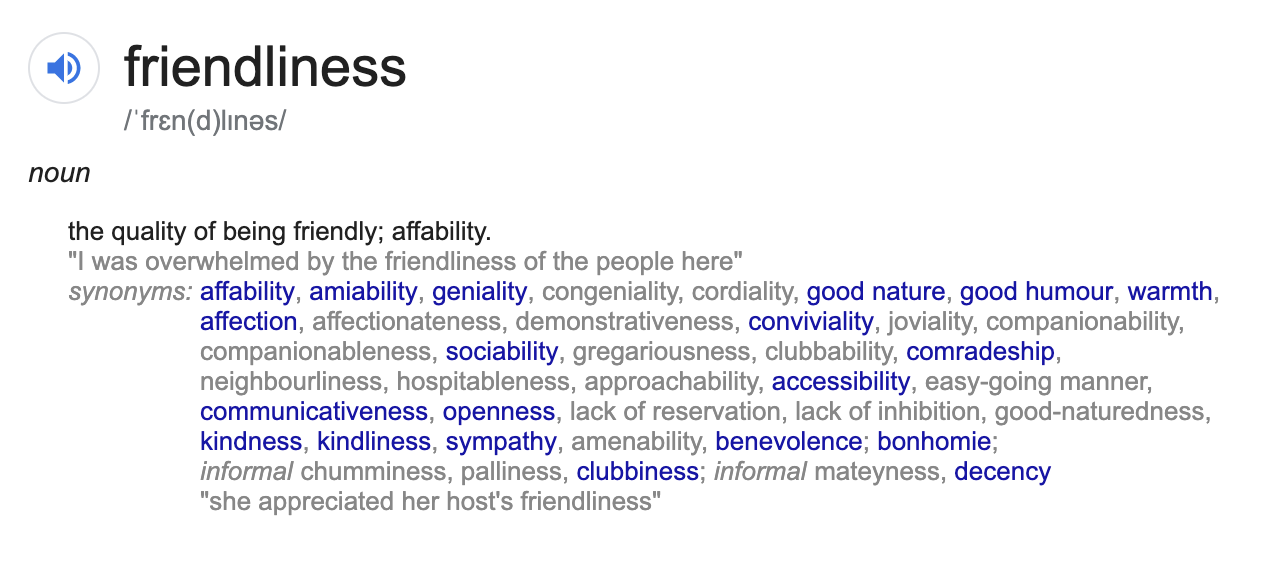
Last week I shared how I had taken the Bodhisattva Vow while on retreat. It is the second vow on the Buddhist path, one that takes a practitioner in to a second ‘vehicle’ (or ‘yana’) and switches focus from working on self to working on self-in-relation-to-others. As a relational therapist, this is in so many ways what I have already chosen to do with my life – serve others and help them to help themselves. BUT, as inferred in my new name (the name conferred that marks taking the Bodhisattva Vow) “Bridge of Maitri”, there is something about going beyond; taking my service beyond my working role as therapist. The same would be true in my role as a educator of new therapists too.
Well, that is one way I am interpreting “bridge”: I don’t know what Judy, the preceptor of the ceremony, had in mind when she came up with that name for me. I spoke last week how of I felt I needed to reflect upon what this name meant to me, how do I wish to manifest through the name Bridge of Maitri.
I knew I wanted to write a post on these musings this week…but in truth, the question and reflection has had to go background what with so many things going on and dealing with the back to work / post-retreat bardo. And yet, even in writing that last sentence what I come in to contact with is a lack of ONE truth. I have spent this past week focused on moving my parents in to their new accommodation. One could translate that activity as wise or confused – this dual aspect being something the Buddhist teachings talk about a lot: the characteristic of ‘co-emergence’. Perhaps the ‘confusion’ of how I am driven to be a ‘good girl’ and be the dutiful daughter; the wisdom seeing my parents need and wanting to help them. Maybe we can all contact how a situation is never clear cut. I was talking to a client this morning about how one behaviour can often have two motivations – a healthy root, a distorted root. I remember writing about a favourite teaching of the late Buddhist teacher Michael Stone – trusting we are already Buddha so that we can focus on being a Bodhisattva, that feels just as relevant a year on. I recognise how far my practice has come in that regard – using awareness of my experience IN the helping to locate from which place I am helping FROM. The body is key, is tightness or looseness present – and gently probing that.
 Coming back to the idea of being a Bodhisattva, a Helen-shaped Bodhisattva and what is that shape? In thinking about this post, I thought about looking up some definitions (the academic in me is leaking out I know!). And what strikes me (see right) is how many varied ways we use the word ‘Bridge’, and how many ways I could use metaphor around helping. Words and phrases that jump out at me include ‘crossing over an obstacle’, ‘elevated’ (as in giving a good view) to ‘direct’ (or we could say guide?), to extend, to reach across (or out?). And what else to do we know about bridges? They have structure and a need for deep foundations to withstand a variety of conditions; they connect people and places; they allow us to reach places that might otherwise take some getting to (my first thought went to the Severn Bridge that often save me a lot of driving time when I was commuting to Newport for time on the velodrome as a track cyclist!)
Coming back to the idea of being a Bodhisattva, a Helen-shaped Bodhisattva and what is that shape? In thinking about this post, I thought about looking up some definitions (the academic in me is leaking out I know!). And what strikes me (see right) is how many varied ways we use the word ‘Bridge’, and how many ways I could use metaphor around helping. Words and phrases that jump out at me include ‘crossing over an obstacle’, ‘elevated’ (as in giving a good view) to ‘direct’ (or we could say guide?), to extend, to reach across (or out?). And what else to do we know about bridges? They have structure and a need for deep foundations to withstand a variety of conditions; they connect people and places; they allow us to reach places that might otherwise take some getting to (my first thought went to the Severn Bridge that often save me a lot of driving time when I was commuting to Newport for time on the velodrome as a track cyclist!)
 And what about ‘maitri’? The literal translation from sanskrit is ‘lovingkindness’, as directed to ALL beings: just like the sun shines its rays on everyone without exception – no favourites, no-one left out. As Buddhist nun Pema Chodron explains “Chögyam Trungpa used the term [to] mean unlimited friendliness toward ourselves, with the clear implication that this leads naturally to unlimited friendliness toward others. Maitri also has the meaning of trusting oneself—trusting that we have what it takes to know ourselves thoroughly and completely without feeling hopeless, without turning against ourselves because of what we see”. As I read through the collection of words we use when defining ‘friendliness’ more conventionally, what strikes me is the sense of openness and dignity.
And what about ‘maitri’? The literal translation from sanskrit is ‘lovingkindness’, as directed to ALL beings: just like the sun shines its rays on everyone without exception – no favourites, no-one left out. As Buddhist nun Pema Chodron explains “Chögyam Trungpa used the term [to] mean unlimited friendliness toward ourselves, with the clear implication that this leads naturally to unlimited friendliness toward others. Maitri also has the meaning of trusting oneself—trusting that we have what it takes to know ourselves thoroughly and completely without feeling hopeless, without turning against ourselves because of what we see”. As I read through the collection of words we use when defining ‘friendliness’ more conventionally, what strikes me is the sense of openness and dignity.
Bridges take many different forms; and one that is constructed for (or with even) friendliness has a soft quality. We aren’t talking a bridge of stone here, but maybe more akin to a suspension bridge that can move and ‘go with’ things as they are – in Buddhism this is the quality of upaya or skilful means. We move with the wind rather than get blown over by it. In this past week, I might have felt more like a rope bridge if it were not for my practice that helped me feel the movement and stay with it. As a practioner, I am in good company: I’m currently reading “In love with the world” by the Tibetan monk Yongey Mingyur Rinpoche, and to hear of his accounts of leaving the protected space of the monastry to go on retreat out in the world have been so powerful in appreciating how life itself is the practice – and the idea is NOT to become the perfect practioner, but to know HOW we are blown around. A very humble man, I thoroughly recommend reading it – it feels like the perfect companion as I transit back from retreat and begin to appreciate retreat and life are not seperate and are always unfolding.
Maybe this bridge does not have a final destination?

